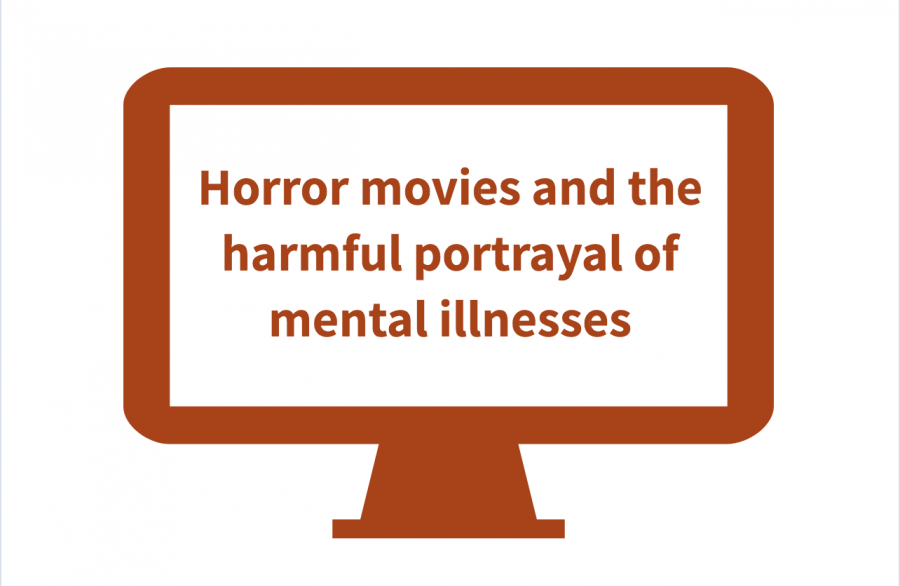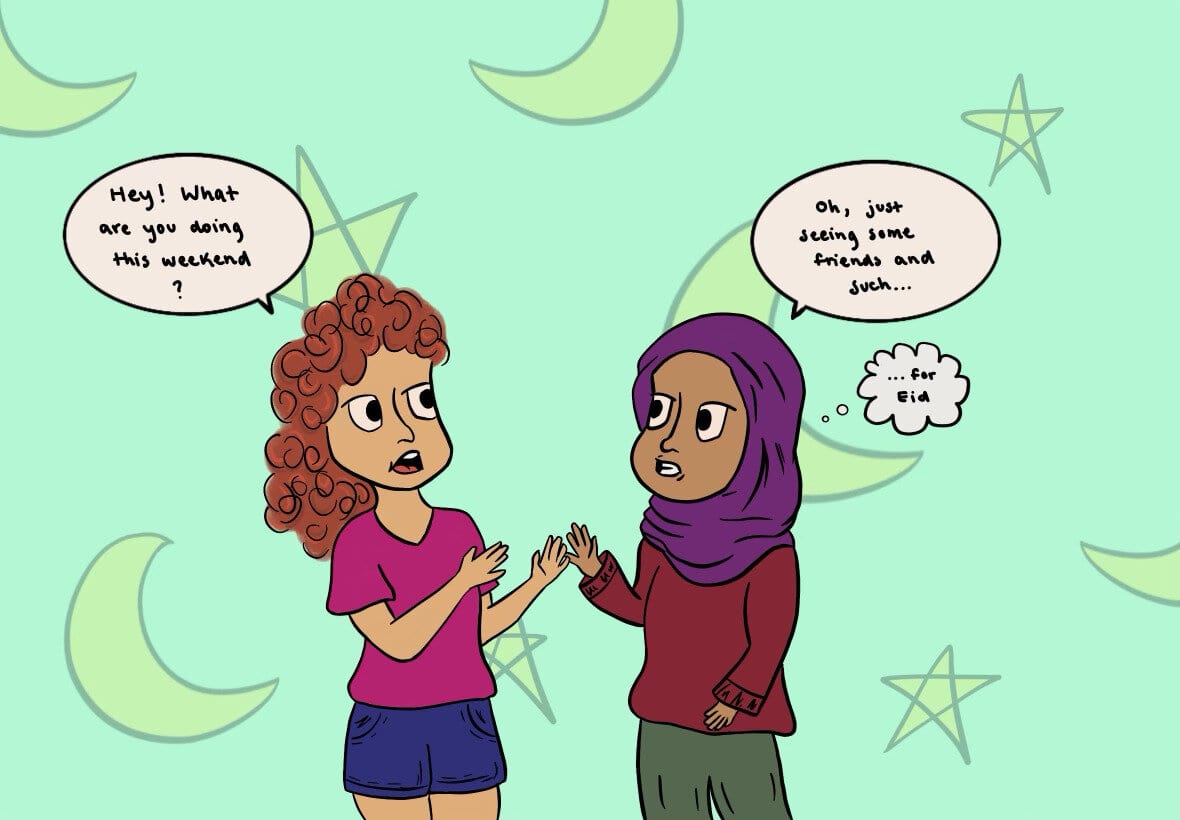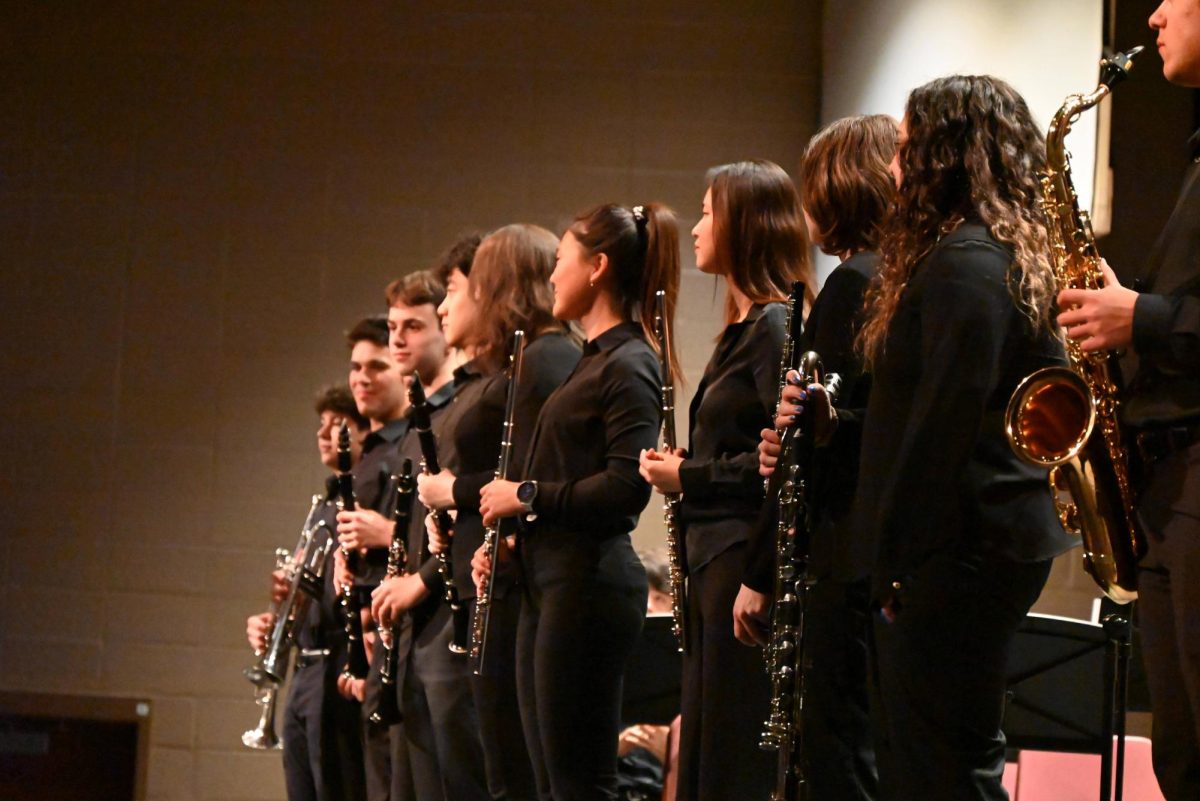It’s time to stop using mental illness as horror movie fodder
Horror movies portray mental illnesses as inherently scary, which only isolates those suffering from one.
November 1, 2020
Halloween has always been one of my favorite holidays; my friends and I usually spend our time trick-or-treating and attending parties. Unfortunately, the coronavirus pandemic has prevented us from our typical traditions and festivities. Still committed to celebrating the holiday, my friends and I decided our best option would be a socially distanced horror movie marathon.
While watching, I noticed that horror movies often portray mental illnesses as scary and dangerous. These inaccurate and insensitive portrayals contribute to a stigma surrounding mental disorders, hurting those who actually live with them. This Halloween, we should be aware of the tropes horror movies use when portraying mental illness and insane asylums. By spotting them, we can educate ourselves about the reality behind what we’re seeing on screen.
The horror flicks Split and Psycho are both extremely popular. In both films, the antagonist has Dissociative Identity Disorder. DID, a coping mechanism developed as a result of childhood trauma, is often highly stigmatized in the media. Both these films portray the disorder negatively by playing into common misconceptions and stereotypes, such as the “evil” personality and dramatic switching between alters.
Other movies use the setting of mental illness facilities to stir fear in the audience. Stigmatizing psychiatric hospitals and their residents undermines the importance of the aid such organizations provide. It also may make those who could benefit from these institutions reluctant to check themselves in.
The pop culture demonization of mental illnesses such as DID, bipolar disorder and schizophrenia isolates those who actually experience these disorders. When deranged serial killers are the general public’s only exposure to certain mental illnesses, individuals affected in real life are less likely to talk openly about their experiences. My mental illness does not cause me to suffer from psychosis, but discussing it is still a very personal and vulnerable experience. I can’t imagine how demeaning it would feel to have to explain that I wasn’t deranged or dangerous every time I talked about my disorder. I’d feel alone.
Those who live with these mental conditions are not dangerous or more likely to be violent than any other member of the public. In fact, NIH research shows that they are far more likely to hurt themselves than others around them. The trope of a “psychotic killer” originated as a result of misinformation. Treating this false characterization with any validity ostracizes and endangers real human beings.
Some may say that these movies are works of fiction and don’t affect reality, or that directors should have full artistic control over their movies’ subject matter. However, research and history has proven that fictional constructs and tropes do impact real-life perceptions. Real people’s lived experiences should not be distorted and exaggerated for horror, and at this point, continuing to write harmful storylines surrounding mental disorders is both damaging and artistically lazy.
When indulging in some classic Halloween movies, Whitman students should be aware of the harmful patterns surrounding mental illness that often manifest within the horror genre. We can destigmatize these disorders by learning about how people with such illnesses live their lives and filtering derogatory terms like “psycho” and “lunatic” out of our vocabulary. By educating ourselves on these mental disorders, we will find that the scariest part of these movies is the silver screen massacring the public perception of an extremely vulnerable group.








